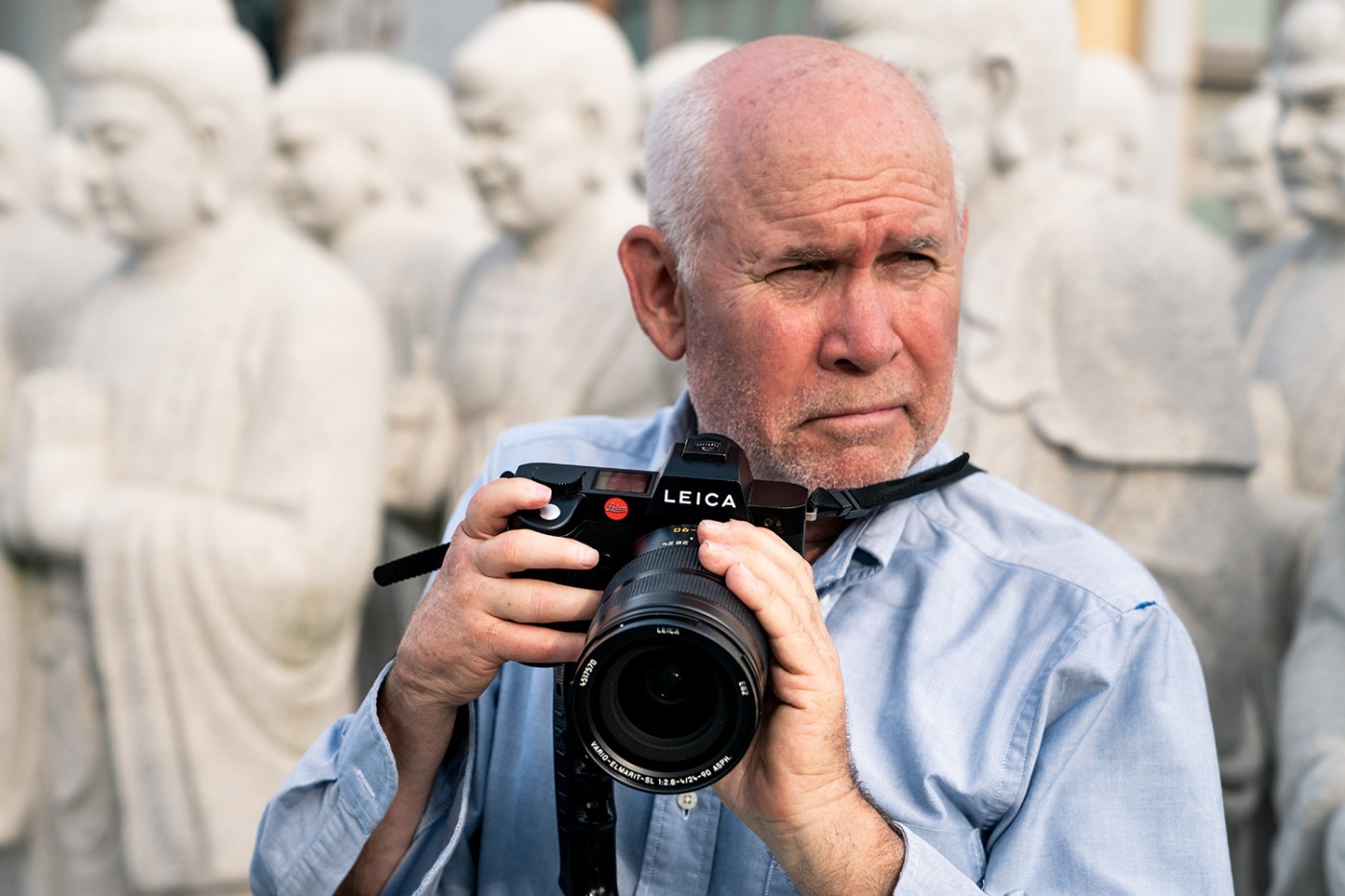Inside the Mind of World-Renowned Photographer Steve McCurry
People don’t always talk about the ‘Philly Man’ who photographed the ‘Afghan Girl’. Yet, they would probably remember her soul-piercing stare. Steve McCurry, who garnered worldwide recognition for his captivating portraiture that graced the cover of National Geographic, provides a window into unseen worlds with his photography. Finding beauty in the “ugly”—especially lesser-known cultures and traditions, the world traveller has ventured into the thick of war zones to document the anguish of conflict.
Despite being known for his work in photojournalism, McCurry has extended his range and views photography as an art form. “You should only shoot for your own pleasure,” he says, at the recent Leica SL2 launch event in Singapore. These days, the 69-year-old veteran has a fascination for capturing people sleeping at random places and shares with us his philosophy behind the lens.
Shooting with a Leica
“The advantage of the Leica SL2 is the arsenal of remarkable Leica lenses, the image quality and sharpness of the images, as well as the logic and ease of the controls. Operating the SL2 is simple and intuitive and I can also attest to the durability of it. It has never failed me even after thrashing it around several times. I’ve used cameras in the past and they don’t perform well with high ISOs, but the SL2 produces wonderful results in every situation.”
Shooting Film
“I have no nostalgia for film at all. I remember shooting a picture in Afghanistan, which I still love. It was of a boy selling oranges in a destroyed car and I shot two rolls of film. It turned out underexposed and the picture was extremely dark. Both rolls of film were also out of focus. With digital, I can stop to check my focus, the lighting, reevaluate the composition and the moment that was captured. If I have time to readjust, I can still save the situation.”
The Art of Capturing Great Images
“Photography is very personal. Some pictures tell a story and some don’t. I still prefer photos with emotional content that tell stories about people around the world. I don’t think you should get caught up with all the rules of photography. Photograph for your own pleasure. It is your own interpretation of reality and of beauty; translate your sense of light and composition, wisdom and harmony into the picture.”
Mobile Photography
“I have 62,798 photos and 4,600 videos on my phone. The smartphone camera is a great tool because anyone can now dabble in photography. I did a campaign with Huawei and while the prints were not huge, the photos came out beautiful. There were one or two occasions where I have published photos taken with my phone as well.”
Instagram Disrupting Professional Photography
“I would pose the same question to writers: Do you ever feel threatened by everybody texting all the time? With texting, the content doesn’t even compete with thoughtful writing and professional writers with years of experience. Good work will always rise to the top. There are literally millions of people writing songs, but only a few of them are going to make a mark.”
Shooting Strangers on the Streets
“You’ll have to begin with the mindset that most people are willing to be photographed if you stop them on the streets. Give them a sincere compliment and ask for a minute of their time. A lot of photographers think they are being intrusive and that people don’t want to be photographed. Having this mentality gives you anxiety, and people can sense your uneasiness. If you appear to be a nice and composed person with a sense of humour and good intentions, you’ll find more success. Then again, you have to understand that not everybody wants to be photographed, and rejection is not the end of the world.
I noticed another thing from my students—they would approach their subject, take a couple of shots, and that’s it. I don’t think two exposures are enough to produce stunning results. I’m not saying that you have to shoot a hundred photos, but you need to develop some sort of emotional connection with the subject and invest a little bit of time in them. Initially, your subject is going to be self-conscious, but eventually, they will settle in and relax—that’s when you get to shoot different expressions.”


